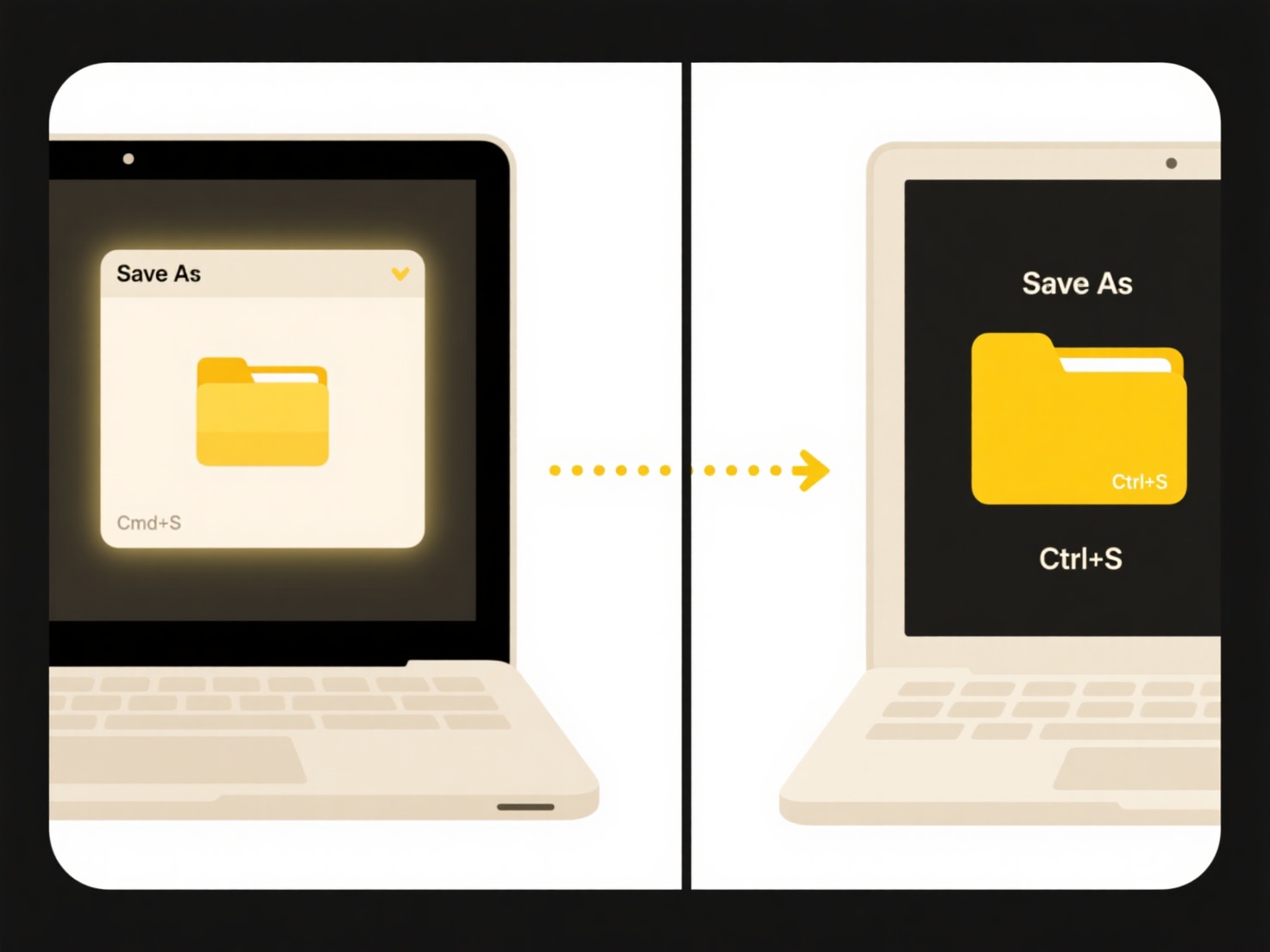
The best format for 3D models depends entirely on the specific purpose. Universal formats like FBX or USD excel at interoperability, transporting complex scenes (geometry, textures, animation, materials) intact between different software packages or engines, making them ideal for pipelines. Conversely, editing-friendly formats like OBJ or GLTF are simpler, focusing primarily on static geometry and materials. OBJ remains popular for sharing models between artists or basic rendering due to its widespread support, while GLTF's web optimization (small size, direct web loading) makes it standard for online viewing and AR/VR applications where bandwidth matters.

FBX is heavily used in game development pipelines, seamlessly transferring animated characters and environments between modeling software like Blender or Maya and game engines like Unity or Unreal Engine. GLTF has become the de facto standard for web-based 3D experiences – e-commerce product viewers on platforms like Sketchfab or immersive museum exhibits often rely on it. Pixar's USD is crucial in complex VFX and animation studios, enabling efficient collaboration by handling vast, layered assets like entire animated sequences with non-destructive edits.
While universal formats facilitate workflows, they can sometimes be proprietary (like FBX) or large. Simpler formats (OBJ) might lose animation data, and specialized formats limit editing options. The industry trend favors open, efficient standards like USD and GLTF, promoting broader adoption and innovation. Choosing involves weighing factors like required data preservation, target platform constraints, and collaboration needs against file size and feature support. No single format reigns supreme across all use cases.
What format is best for 3D models?
The best format for 3D models depends entirely on the specific purpose. Universal formats like FBX or USD excel at interoperability, transporting complex scenes (geometry, textures, animation, materials) intact between different software packages or engines, making them ideal for pipelines. Conversely, editing-friendly formats like OBJ or GLTF are simpler, focusing primarily on static geometry and materials. OBJ remains popular for sharing models between artists or basic rendering due to its widespread support, while GLTF's web optimization (small size, direct web loading) makes it standard for online viewing and AR/VR applications where bandwidth matters.

FBX is heavily used in game development pipelines, seamlessly transferring animated characters and environments between modeling software like Blender or Maya and game engines like Unity or Unreal Engine. GLTF has become the de facto standard for web-based 3D experiences – e-commerce product viewers on platforms like Sketchfab or immersive museum exhibits often rely on it. Pixar's USD is crucial in complex VFX and animation studios, enabling efficient collaboration by handling vast, layered assets like entire animated sequences with non-destructive edits.
While universal formats facilitate workflows, they can sometimes be proprietary (like FBX) or large. Simpler formats (OBJ) might lose animation data, and specialized formats limit editing options. The industry trend favors open, efficient standards like USD and GLTF, promoting broader adoption and innovation. Choosing involves weighing factors like required data preservation, target platform constraints, and collaboration needs against file size and feature support. No single format reigns supreme across all use cases.
Related Recommendations
Quick Article Links
How do I bulk rename submissions in an LMS?
Bulk renaming submissions involves modifying the filenames of multiple student assignments simultaneously within a Learn...
How should I store temporary files?
Temporary files are data stored briefly to support ongoing processes or tasks, like application caches, download interme...
Can I save file search queries for reuse?
Yes, many modern operating systems and file management applications allow you to save search queries for reuse. This fun...